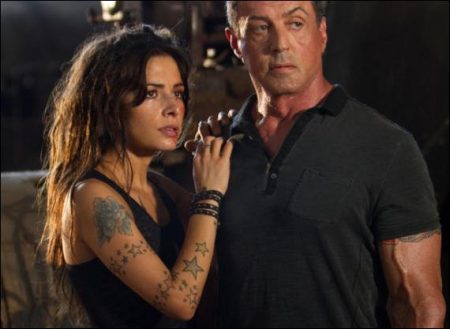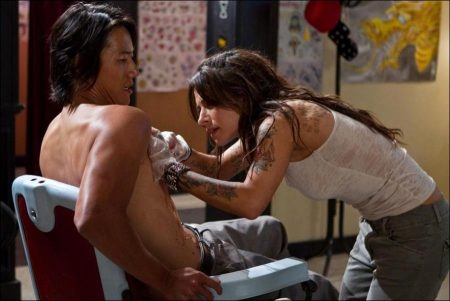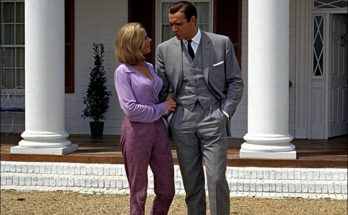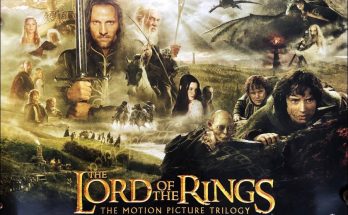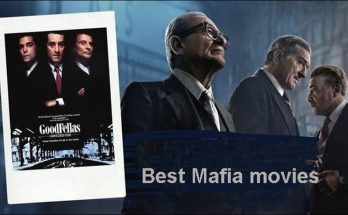Bullet to the Head: On Location in the Big Easy. Sylvester Stallone’s new movie Bullet to the Head was filmed entirely in and around New Orleans, Louisiana, marking Walter Hill’s third film to be shot there. The director states, “New Orleans is a wonderful city and a fun place to make a movie. It’s special in so many different ways — the atmosphere, the weather, the architecture and the history. It’s not a typical city, but it is somehow uniquely American.”
Being so familiar with the area was helpful to Hill, whose filmmaking style is to move quickly. “If you can do your set-up and shoot reasonably fast, I think it makes the movie more spontaneous,” he acknowledges. “I also had a wonderful team, including a terrific cinematographer, editor, and designers. They really knew what they were doing, which was great because I tend to speak in a kind of shorthand.”
Working with Hill were his longtime director of photography Lloyd Ahern, as well as production designer Toby Corbett, editor Tim Alverson, and costume designer Ha Nguyen.
Like Hill, Corbett had worked in New Orleans before and notes that the city “offers a lot of interesting textures, and colors, and architecture — detailing that really lent itself to aspects of this film. We wanted to have a hot, steamy, debauched feel to the world of these characters.”
King-Templeton observes, “New Orleans has a sexy, sultry feel to it that really complemented this film. It was the perfect backdrop for the story.”
Each of the parishes is unique, providing a widely varied palette for the film. Milchan affirms, “It’s a place where anything is possible. You can go from the swamps to Central City to the colorful French Quarter. Parts of New Orleans make you feel like you’ve stepped into a different century; you can sense the rich history.”
Corbett says, “We wanted the flavor of the French Quarter, but the problem is finding areas that don’t have an influx of tourists. We stayed on the periphery, where we could still capture the spirit of the Quarter.”
One of the most notable locations in New Orleans was Scout Island, surrounded by the swamp in City Park, where Jimmy Bobo’s “safe house” was constructed. The house was remote and away from prying eyes, and also offered a clever escape hatch: trap doors in the floor that opened to the water beneath — perfect for diving out of trouble… or disposing of a body. At a pivotal point in the story, the house was blown to smithereens. The only caveat about the special effects used for the explosion was that the production had to be very mindful of trees and foliage in the vicinity of the house. The park, situated right in the middle of the city, had been severely damaged by Hurricane Katrina. Production had to pull back on the planned explosion because they were not permitted to compromise any of the recovery. Visual effects were later employed to enhance the explosion in post production.
Other locations in and around New Orleans included: the Garden District, known for its stately homes surrounded by expansive lawns; the bohemian Marigny district; the Warehouse district, visited for its galleries, museums and lofts; Central City, home to a number of the city’s mixed-income housing projects; Riverfront, where you can find access to the ferries that cross the Mississippi; and Jefferson Parish.
The action in BULLET TO THE HEAD climaxes in an enormous, abandoned power plant, which brought director Walter Hill full circle. Corbett reveals, “It’s the old Market Street Plant, which is where Walter Hill directed his first movie, ‘Hard Times,’ back in 1975. It’s a stunning, turn-of-the-century building, with cathedral like windows, and huge machinery. The internal metal structure helped frame some of the images, making it even more appropriate to the graphic novel source material.”
Related Link: View the Full Production Notes for Bullet to the Head
Visits: 103
